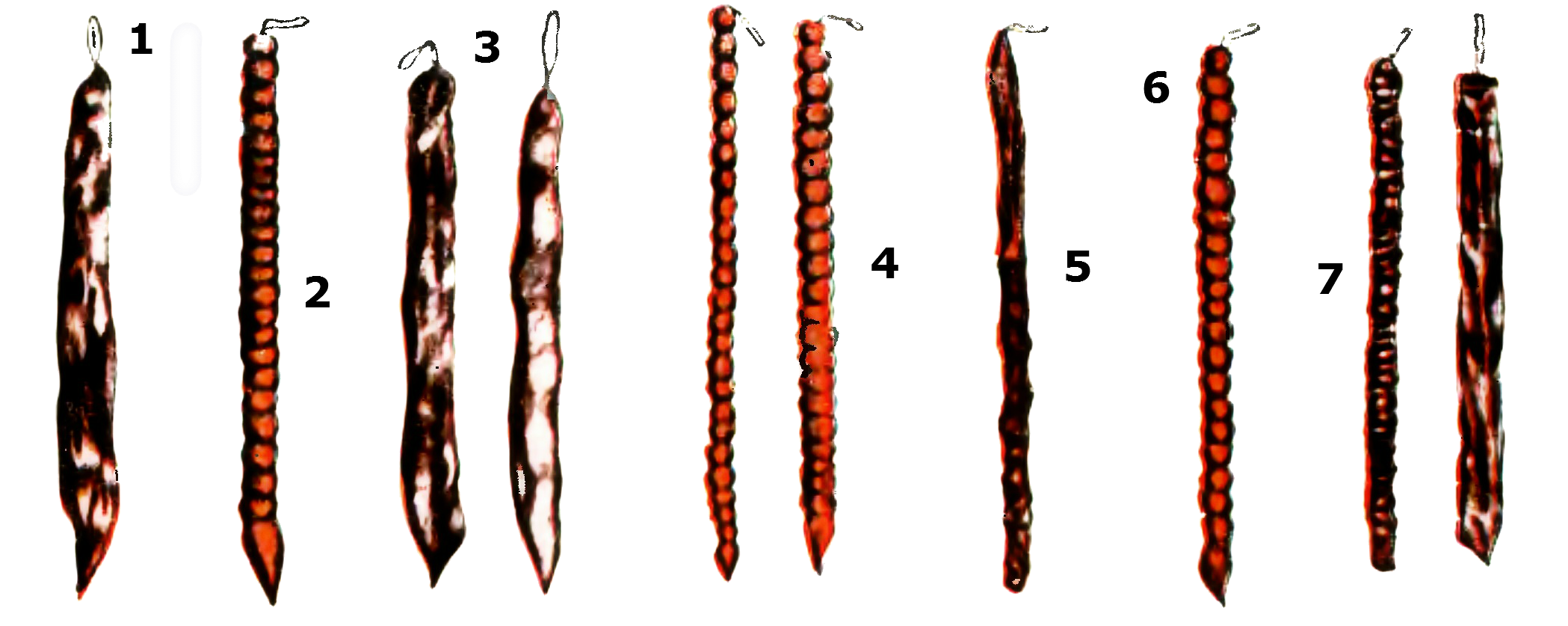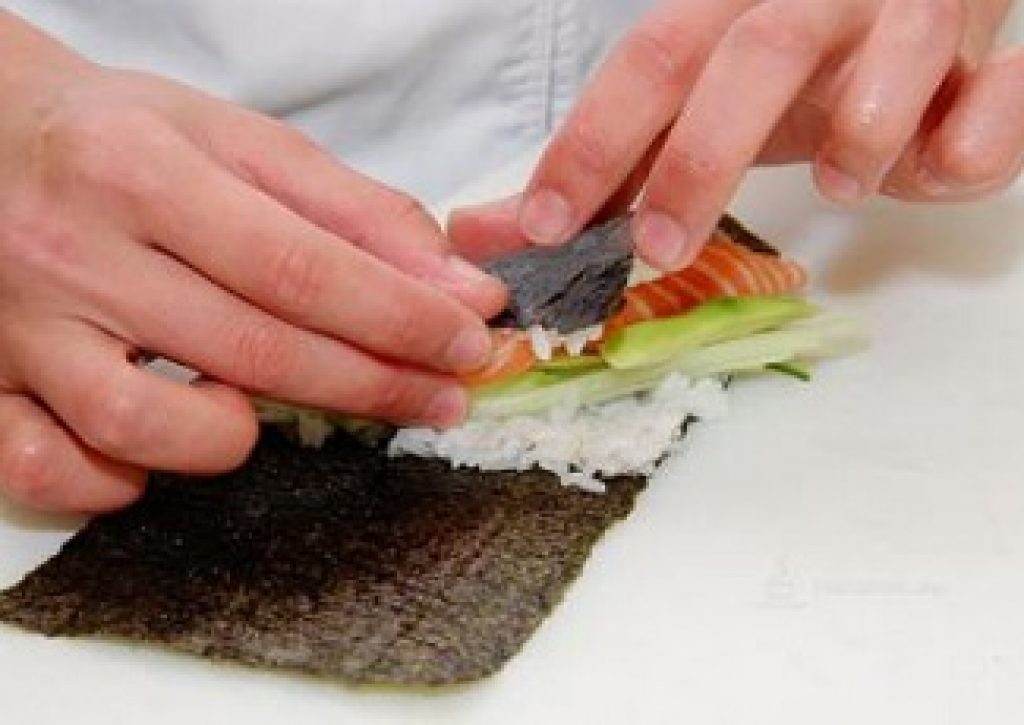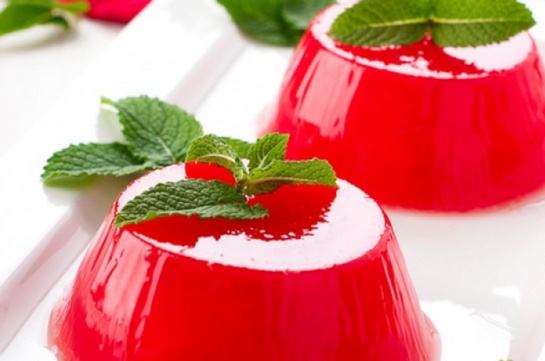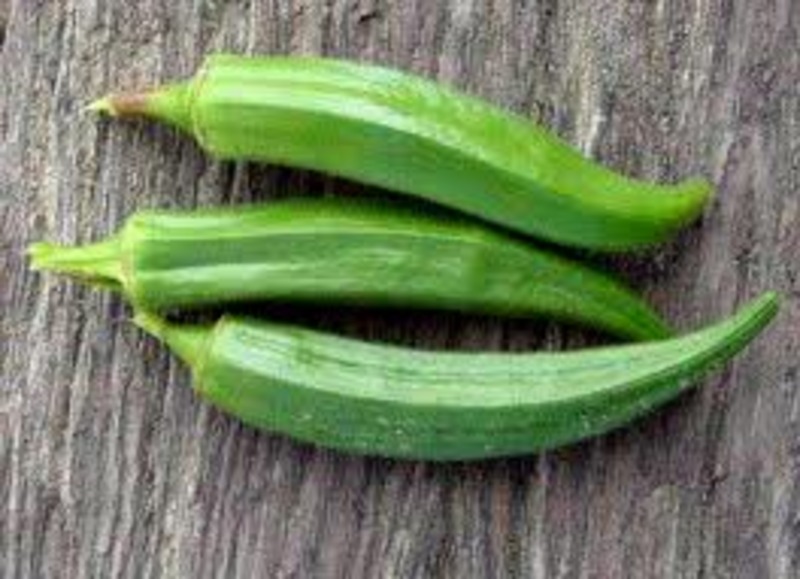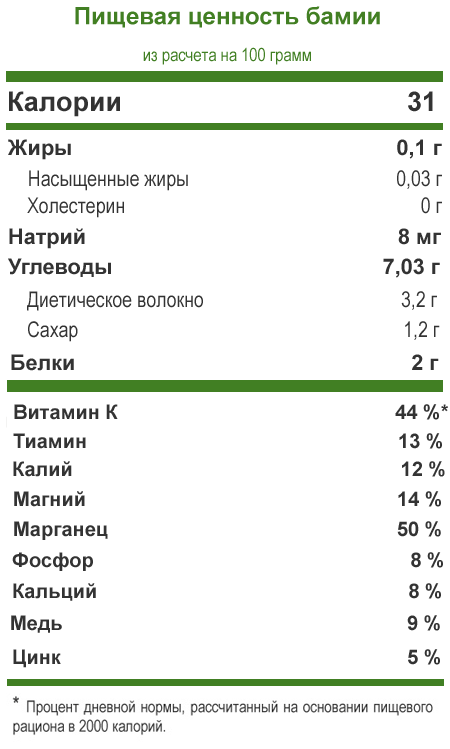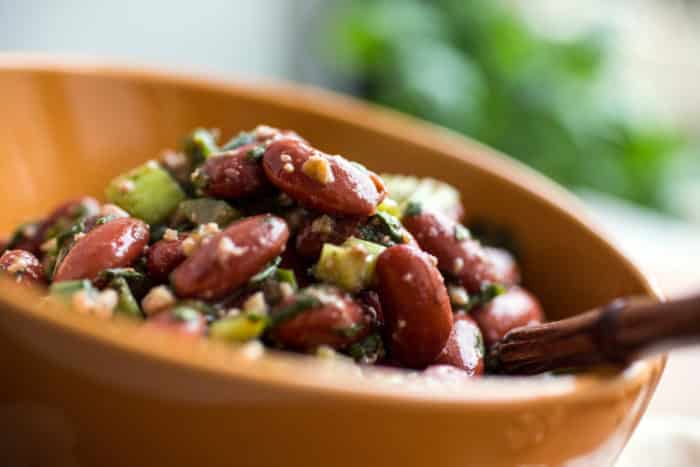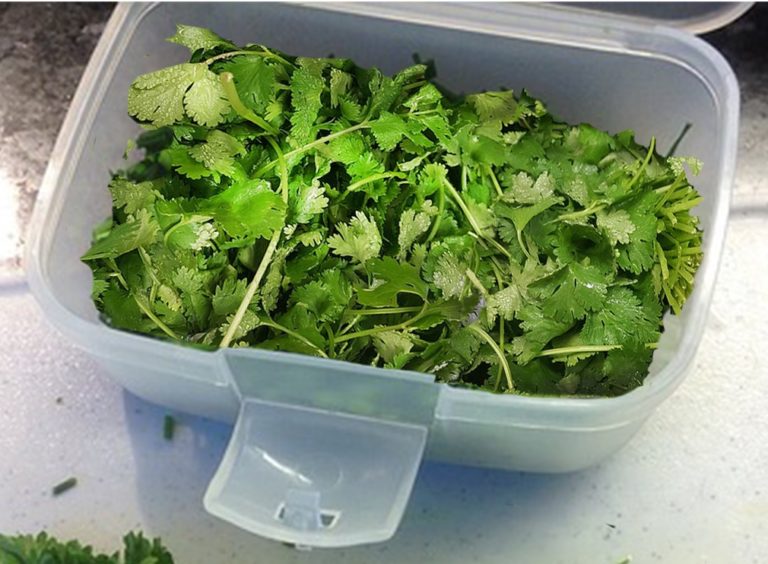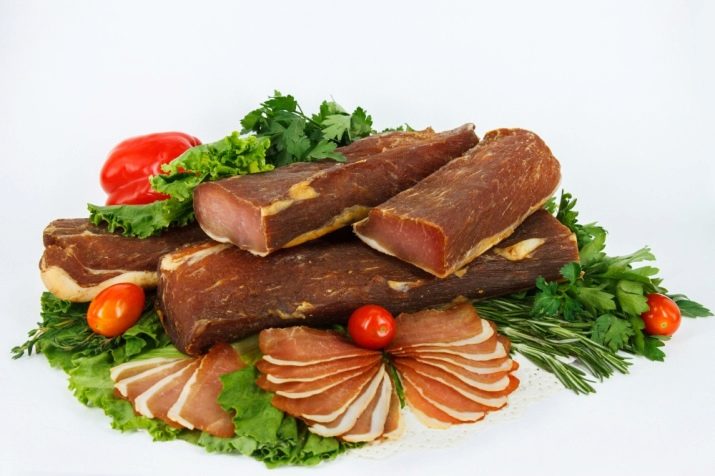What to do so that the potatoes do not blacken. Why does the potato darken during cooking
Why potatoes turn black inside during storage - there are many reasons for this, from the choice of the variety to the conditions of its maintenance in the cellar. Experienced gardeners, having learned from their mistakes, follow all the necessary rules. When creating the necessary conditions for storage, potatoes are able to lie almost until the next harvest.
Why is the potato black inside
Potato is a very popular vegetable in Russia; almost every gardener grows it. But it is important not only to get a big crop, but also to preserve it. The most common problem in this case is that the tubers turn black inside. Sometimes even normal-looking vegetables have dark spots in the context.
Important! Medium-sized ripe tubers are stored the longest.
It is necessary to timely identify the reason why the tubers begin to blacken inside during storage and eliminate it, otherwise the entire crop may be destroyed. Such signs can cause as a physiological disease melanosis or in another way gray spotting, as well as various infectious diseases caused by fungi.
Inclement weather
Potatoes grow well in moderate humidity and temperature. If these indicators change, then this negatively affects the yield and keeping of tubers:
- at high temperature, the vegetable overheats;
- at low temperatures, potatoes grow small due to lack of nutrients;
- with a lack of watering, the culture is dried;
- with excess moisture, oxygen is poorly supplied to the tubers, causing the development of bacterial and fungal infections.
All these conditions, individually or in combination, can lead to the fact that the vegetable begins to blacken inside. Thus, the product loses its consumer qualities.
Incorrect fertilizer application
Some gardeners, in pursuit of large yields, fertilize the vegetable crop with too much organic matter. Herbal infusions, manure or siderates are used. These fertilizers promote plant growth due to the high nitrogen content. But during storage, such overfed tubers begin to blacken inside.
To avoid damage to potatoes after harvesting, fertilize it according to the rules:
- fresh organic fertilizers are not used, only rotted;
- rarely manure is applied - 1 time in 2 years.
Often there is an excess of nitrogen and a lack of potash fertilizers in the soil. Namely, potassium contributes to the long-term storage of potatoes. Without it, he can begin to blacken.

Mechanical damage to tubers
The potato may also turn black inside due to mechanical damage that occurs during harvesting or transportation. Deformed parts of the potato subsequently change color. And if the skin is damaged, then the risk of penetration of fungi and bacteria into the vegetable is great.
Potatoes turn black inside during storage also when they are placed in several layers. The tubers below are under quite strong pressure.
Infectious diseases
The appearance of characteristic dark spots inside the tubers is usually accompanied by diseases such as:
- Blackleg. A disease called the black leg affects the tops and tubers of potatoes. Its first symptoms appear during storage of the crop. It is rot, which inside reaches the center of the tubers, and they begin to blacken. Externally, it can be distinguished from gray spotting. The entire fetus is affected, starting to exude an unpleasant odor. Potatoes lying nearby are also prone to infection. It is important to identify the disease at the growing stage so as to prevent such vegetables from entering the store.
- Late blight. The disease is common in almost all climatic conditions where potatoes are grown. It affects both the tops and tubers. The fungus spreads quickly, harming all plants. Brown spots appear on the leaves, they rot and dry. The disease is transmitted through weeds, progresses in violation of the agrotechnology of potato cultivation. Tubers affected by late blight are covered with brown spots from the inside. The development of the fungus is promoted by high temperature. Potatoes are infected at harvest or from their own sick tops. The probability of transfer from an adjacent tuber during storage is minimal. Late blight can also provoke diseases with other fungi.

Improper storage
Storage of potato crops is carried out in the basement with a temperature of +1 to +4 ° C. If the indicator drops below, then the tubers become sweet and inside begin to blacken. At higher temperatures, the potato sprouts and the risk of gray rot increases.
Late cleaning
Timely harvesting of potatoes is the key to preserving the harvest. So that the tubers do not begin to blacken inside, adhere to the following rules:
- When harvesting potatoes, one must be guided by varietal characteristics - the harvest taken too soon will most likely turn black inside during storage. Tubers must ripen in vivo.
- Collection must be done before the first frost. If you leave the potatoes in the ground at a temperature of -1 ° C, it will freeze and then rot during storage.
- After the tops are cut, the collection of tubers should be done in the near future. If warm weather begins, the vegetable may overheat.
- Harvested potatoes are stored in a dry room, which is well ventilated, at a temperature in the range of +4 ° С.
Potato harvesting performed in a timely manner reduces the likelihood that tubers will begin to blacken inside during storage.
What to do so that the potatoes do not blacken
Very often situations arise when potatoes lay in the basement all winter, and by the spring began to turn black. This could be due to poor ventilation.
With warming, the potatoes sprout into the storehouse and germinate. The flesh darkens and becomes lethargic. There is a sharp jump in temperature, moisture is released and debate continues. Thus, you can lose the whole crop.
So that the potatoes do not begin to blacken inside during storage, a number of rules must be observed:
- after harvesting, potatoes should be placed in fresh air for 20 days;
- place it in wooden boxes equipped with ventilation holes;
- maintain the required temperature in the storage;
- crates and pallets should be 20 cm from the walls;
- potatoes are picked at least once - sprouted and diseased tubers, as well as healthy ones located next to them are removed;
- if storage is carried out at home on the balcony, then the boxes are recommended to be covered with a warm blanket;
- potatoes can only be stored with beets, which will take away excess moisture from it, and the proximity to other vegetables is strictly prohibited.

Is it possible to eat darkened potatoes
If the potato is blackened inside from rot damage, with infectious diseases, then it can not be eaten. In other cases, there are such tubers allowed, but they lose useful properties and taste. They are low in vitamins, protein and starch. Dishes from such potatoes look unattractive, so tubers with black spots are not eaten.
Storage rules
How long the potatoes will lie depends on the proper preparation for storage and the conditions in the cellar itself. Also affects the choice of variety when planting. The main factors that must be taken into account for the preservation of the crop:
- When planting, you need to think about exactly which varieties will be needed, because they are stored in different ways. Late potatoes are intended for long-term maintenance in the cellar. Early varieties, even under ideal conditions, will not last long. They are intended to be eaten directly during the season.
- Before sending for storage, the tubers are sorted and sorted - they remove the diseased, damaged, as well as suspicious. Potatoes in contact with diseased vegetables should also be cleaned, they may be infected, but symptoms have not yet manifested. Even a few diseased tubers can ruin the entire crop in storage. Potatoes must be dried, otherwise raw tubers may turn black inside and rot.
- Constant temperature control at the storage location is required. Particular control is needed in changing seasons in autumn and winter, when there is a risk of temperature jumps.
Important! Some varieties of potatoes contain a lot of starch and a slight darkening is the norm for them.

To maintain the desired air temperature in the storehouse use ventilation, bottles of cold or hot water, placed around the perimeter of the cellar. Thus, they reduce the risk that the vegetable will turn black inside. With timely monitoring of humidity and temperature, potatoes can be saved.
Conclusion
There are many reasons why potatoes turn black inside during storage. If you choose the right variety, observe the regime of watering and top dressing, then such trouble can be avoided. It is also worth harvesting, guided by the rules available for this. The final and one of the main points in the preservation of tubers is the conditions of their maintenance in the cellar.
The pulp of potato tubers during cooking can be painted in gray, black or bluish, as in your case, the color.
Why is this happening and how to avoid it?In such tubers, chlorogenic acid accumulates, which during cooking forms a strong complex with iron ions. As a result, the taste and culinary qualities of tubers are reduced and they change color.
There are several reasons for the darkening of potato tubers.
1. First of all - insufficient potassium intake. Potassium starvation can be determined during the vegetation of plants. The leaves turn dark green with a bronze tint. Then they turn yellow and brown, the tissue at the edges of the leaves dies. The internodes are shortened, leaf wedges are more closely located, due to uneven growth, wrinkling of the leaves increases. First, these signs appear on the lower leaves of the bush, and then throughout the bush. To prevent this, it is necessary to introduce 1 sq. m not less than 30 g of potash fertilizers (according to the active substance).
2. The tubers turn blue and with the wrong ratio of batteries. Potatoes are known to consume more potassium, slightly less nitrogen, and even less phosphorus. Depending on the soil and climatic zone, the ratio of nitrogen, phosphorus, and potassium when applying mineral fertilizers should be 1: 1.5–2: 1.5–2.2. Only on peat bogs the dose of nitrogen is increased. It is not recommended to use potash fertilizers with impurities of sodium and chlorine.
The introduction of chlorine-free potash fertilizers under the potato promotes the accumulation of more citric acid in the tubers, which forms a colorless compound with iron.
3. The causes of darkening of potatoes may be injury to tubers during harvesting, loading and transportation, bulkheads.With tissue damage, oxidative processes intensify, in particular, irreversible oxidative transformations of phenolic compounds occur.
4. Lack of oxygen to the soilduring the growing season, and especially during the formation of tubers, can also lead to their darkening. Violation of the temperature and humidity during storage of tubers, lack of oxygen and excess carbon dioxide also affect the quality of the products.
Great importance is given to varieties. In some early ripening varieties, tubers begin to darken during cooking already in April, especially at elevated storage temperatures.
So, to prevent the tubers from darkening when cooking potatoes, it is necessary to provide plants with potassium, provide for good aeration of the soil, and avoid injury to tubers during harvesting and transportation of the crop. It is also necessary to observe the optimal storage regime for potatoes (temperature not more than 7–7.5 ° C). Reduces the darkening of tubers during cooking by adding 1-2 leaves of bay leaves to the water, while the taste of the potato does not deteriorate.
If you ask the housewives what root crop is the most important in cooking, most will answer that it is potato. Indeed, many root dishes are prepared from this root crop. Potatoes are consumed both in the daily menu and in the holiday menu. But there are often cases when the potato turns black after cooking. This worries many housewives not only due to the fact that the root crop loses its appetizing appearance after cooking. Many fear that such a root crop contains a large concentration of nitrates harmful to human health.
Causes of darkening of potatoes after cooking
To reassure the housewives a little, we will consider why potatoes darken after cooking and how to avoid this unpleasant appearance in the already boiled root crop.
Darkened potatoes are quite suitable for consumption and do not cause any harm to health. The only downside is that the vegetable loses its taste and aesthetic appearance. The reasons that the root crop darkens after a decoction are many: it is also its improper storage or cultivation.
- During the growth, the tubers lacked potassium. It is worth remembering that when fertilizing the soil under potatoes with potassium, the presence of chlorine should be avoided.
- When harvesting or transporting it must be carefully monitored so that the root crop does not hit, which also threatens to darken the tuber after boiling.
- The potato turns black if it is frostbitten (if during storage the temperature in the room was less than +1 degree).
- All root crops after their collection cannot be immediately lowered into the storage room. Previously, they are left in a cool, dry place until the onset of the first frost, so that the crop dries well and cools.
- The reason for the darkening of potatoes is not only the soil, which in its composition is not suitable for cultivation, but also the storage of the crop itself. A vegetable can suffocate from a lack of oxygen in a basement or other room, which will also lead to darkening of the tubers.
- Compliance with temperature during storage. High humidity leads to mold, which destroys oxygen. Seen wet tubers are necessarily dried.
So that the potatoes in its future use do not darken and have an appetizing appearance, it is worthwhile to carefully study and observe all storage rules.
Prevent darkening of potatoes after cooking
 But what if the person is a city dweller, he does not have his own garden, he does not store potatoes, and he makes all the supplies from the market and does not know how the root crop was previously grown, harvested and stored? The hostess who buys this vegetable on the market is not immune to the acquisition of low-quality potatoes, which will darken after cooking. But she can still use a few rules to avoid this unpleasant incident.
But what if the person is a city dweller, he does not have his own garden, he does not store potatoes, and he makes all the supplies from the market and does not know how the root crop was previously grown, harvested and stored? The hostess who buys this vegetable on the market is not immune to the acquisition of low-quality potatoes, which will darken after cooking. But she can still use a few rules to avoid this unpleasant incident.
- The first rule is in no case to buy root crops in the cold season, if the potatoes are wet. Such a root crop was most likely stored in a room with a low temperature, which is why it froze. Thawing completely in a warm apartment, individual potatoes will begin to blacken even before the start of cooking.
- The vegetable is peeled and must be placed in cold water for at least 10 minutes before cooking. Without water, the chemical compounds that are in the root crop will begin to oxidize from interaction with oxygen.
- The root crop is thrown into the pan only if the water boils or reaches a boil, while it should already be salted.
- Bay leaves help to avoid darkening of potatoes after cooking. To do this, simply add a couple of leaves to boiling potatoes.
- If the recipe allows you to add vinegar, then a tablespoon of it in 1 liter of water will also help the root crop maintain its color.
- If the potato is being prepared for salads, you can add cucumber or cabbage pickle to insure against its darkening.
- From unnecessary interaction with oxygen, the root crop is prepared so that water completely covers all tubers under a closed lid.
With the right choice of potatoes and observing the simple rules in its preparation, this root crop is always ready to deliciously feed anyone. This vegetable is called the second bread, and for good reason: it deservedly took second place, because the variety of cooked dishes is simply amazing.
Potato is the most popular crop in Russia. It grows in every garden, and with the advent of autumn, it is cleaned in the cellar for long-term storage. But, unfortunately, it happens that the potato tubers begin to blacken. The most common reason for this process is improper storage. Let's see why this happens and what to do if the seedlings have time to freeze.
Even healthy-looking vegetables can have black spots. Why this happens is often a secret. If this problem has spread to most of the crop, urgent action is needed.
What varieties can be stored in winter
There are about 380 varieties of potatoes. All differ in the color of the peel, pulp, taste, size of the root crop, ripening time. When choosing potatoes for long-term storage, you need to be guided by another indicator - its keeping quality.
Potato storage is directly affected by the selected variety based on the ripening time. The most inappropriate variety is early ripe, such a vegetable is intended for consumption in the summer and at the beginning of autumn maximum. Varieties with medium and late ripening are suitable for long-term storage.
When choosing a term, you need to look so that the technical maturity of the root crop reaches 100-130 days. Such potato forms a thick peel, copes well with diseases, contains a large amount of tannins.
It is better to purchase several varieties of potatoes if there is no experience in planting and storing a certain type of root crops.
Late varieties for long storage most suitable. They contain a large number of microelements and will last until the spring without any problems. Popular late varieties: “Picasso”, “”, “Lorch”, “Atlant”, “Vesnyanka”.
The desired temperature and humidity for potatoes
Keep the vegetable at a temperature +2 +6 degrees, and the humidity should be at 80-90% . The most suitable storage room is a cellar or basement.

Preferred ventilation. At a temperature of 0-1 degrees, the potato does not rot, but becomes sweetish, and the flesh darkens. At a temperature of 7-12 degrees, the tubers begin to germinate, become soft, and spots appear on the pulp.
Why potatoes turn black inside when stored
Darkening can occur due to illness - gray spotting.
The main causes of darkening:
- the culture doesn't like fresh organics, since an excess of nitrogen is released, which contributes to the reproduction of fungi. This contributes to the darkening of potatoes;
- when the root crop is born, there is a shortage or excess of moisture;
- the harvest is harvested ahead of time, in the unripe potatoes the flesh darkens. Overripe potatoes, during the heat season, can deteriorate when stored in an overheated room;
- if harvesting is done late in the period of frost, the tubers may overheat, the flesh may darken. At a soil temperature of -2 degrees and frost, the tubers begin to rot;
- poor-quality transportation: shock, pressure;
- improper storage conditions over a long period. Temperature above or below 2-6 degrees;
- tubers contain a high percentage of starch;
- disease defeat - blackleg. It is transmitted through planting material, the defeat of the disease and blackness during storage continues.
Why blackens in spring
It happens that the vegetable survived the winter well, and with the advent of spring it begins to blacken. The reason may be in poor ventilation.
The potato begins to sprout with the advent of warming and in the spring period sprouts, the flesh darkens, it becomes lethargic and soft. A sharp temperature difference occurs in the storage. Moisture is released and this again contributes to the debate.
What can and should be done so that the vegetable does not darken
So that the potatoes do not darken, it is necessary to observe the temperature regime and store it in wooden boxes with ventilation holes.
Set up pallets and push them away from walls 20 cm. Thanks to this, you can avoid: get wet and freeze.
After harvesting you need within 20 days leave the potatoes to air in the fresh air. It is forbidden to store root vegetables with vegetables other than beets.

In the period of frost
Sometimes it happens that a vegetable gets frozen. This is not entirely dangerous if the potatoes have not sprouted. But if sprouts appeared, then the arrival of frosts can have an impact on the quality of the future crop and beat it.
Are the cold weather terrible for culture
Spring frost scary for the crop potatoes. This is especially true for areas of Siberia. Young potato sprouts are afraid of frost and are especially sensitive to spring frosts and any temperature from 0 and below can kill the crop.
Will the potato itself go away after freezing
Some gardeners plant potatoes at the beginning of March, and there are risks of the crop getting frozen.
If the young sprouts are frozen, this may affect the future harvest, although the potatoes will continue to grow with warming. Older plants are not affected much by cold.

How to save after frost
If they promise frost, you need to urgently spud sprouts culture, and after frost free bushes then ridges.
To avoid freezing and give the potato a chance to survive if it had time to freeze it, you can warm the vegetable, covering the plantings with grass. Some gardeners make bonfires of straw, shavings on the edges of the arable land and thereby warm the soil. To increase the smoke mass, it is recommended to drip mineral oils or coal tar into the fire. You can also cover the beds with foil.
If the frost has passed, and the vegetable has already managed to freeze, you need to give the bushes the opportunity to restore themselves. Damaged bushes are able to recover, albeit with great effort. To help the crop, you need to feed it with nitrogen fertilizers.
The reasons that the potatoes in the garden froze
If the air temperature drops below zero degrees, or night frosts begin in the spring, the potatoes begin to freeze and may freeze. It affects the sprouts, they blacken and fade. In the future, even if the plants continue to grow and “move away”, the pulp of the fruit may begin to blacken.
What to do if seedlings and tops freeze
If the frost started unexpectedly and the seedlings froze, then you need before dawn they darken using: newspapers, dark film, rags.
The main thing is to thaw gradually, then the tops will not fade and frostbite will be negligible.

What to feed
Affected crop needs treatment nitrogen, and also it is necessary to make top dressing: nitrofosk 5 gr. on 1 sq. m.
Urea top dressing of 20 g per 10 l of water is also useful. To make the frosted tops come to life, you need to spray it " Epin Extra».
If the frost began when the crop has bloomed, but it has not yet been harvested, then you can feed it with ash or potash preparations. After cold weather, it is forbidden to dig up potatoes, you need to wait for warming.
First steps if frost hit after landing
If, after planting, frost was seized and hit, the vegetable managed to freeze, then in order to save it, it is urgently necessary to reanimate and process it with special means.
Ways to save the crop, if portend frosts:
- hilling. After the frost, the sprouts suffer, so you should spud the crop so that the tops are completely under the ridge;
- mulching. Warm the crop with a thick layer of straw, hay or sawdust;
- covering of a crop with a film. Only the film should not put pressure on young shoots. Along the perimeter, pegs should be installed and the film stretched;
- sprinkling. Harvest should be abundantly watered with water when t is 0. Water will begin to evaporate and protect the plant;
- smoke warming. Above mentioned about this method of protection against frost. It is necessary to light a fire on both sides of the crop, so that smoke spills over the entire site. To create a smoke screen, you need to light a fire so that the fire burns 50-70 cm in height. To do this, you can burn straw, firewood, manure. The fire should burn for 3-4 hours in the morning. The method is effective only in windy weather;
- strengthening cultural immunity. Before planting the crop, it is necessary to strengthen the planting material with the help of preparations of growth regulators. They help young shoots to withstand any weather conditions. The most popular: Silk, Biostim, Epin Extra.
To provide yourself and your family with potatoes for the whole winter, you need to choose the most “tenacious” potato variety, as well as observe the rules for storing root crops. Have a rich harvest!
According to experts, blackened potatoes do not pose any danger, so that you can safely gobble up both cheeks. It is believed that this comes from an overabundance of mineral fertilizers and nitrates, but in fact there can be several reasons for this phenomenon at once: for example, the unusual composition of the soil, different varieties of potatoes, weather conditions, an excess of nitrogen against the background of a lack of potassium, and so on.
And although eating such a vegetable is not very pleasant, you can safely plant it, only in this case it is necessary to observe the correct proportions of fertilizers. So, if there is little potassium and a lot of nitrogen, synthesis will probably be disrupted, which will lead to the accumulation of proteins and amino acids to the detriment of starch. So potassium is needed in sufficient quantities, as it stimulates the formation of carbohydrates, including starch. At the same time, an excess of potassium salts affects the plant - they contain a lot of chlorine, which has a harmful effect on the potato, worsening its taste and reducing starchiness.
But amateur gardeners expressed their version of the darkening of the vegetable. Before the freezing begins, the potatoes must be kept in a cool and dry place so that its tubers cool and dry. If you do not do this and immediately place them in the basement, they will instantly become cold, which will lead to their physiological changes. As a result, such tubers darken during cooking. However, if they are put in cold water for several hours, a similar effect can be avoided.
“When boiling, the potato always blackens if it has grown on over-compacted soil and if there is insufficient ventilation in the pit where it is stored, that is, the potato suffocates from a lack of oxygen. Another possible cause of blackening is a lack of potassium during growth. "
In fact, there are many reasons: excess nitrogen due to a lack of potassium, varietal differences in potatoes, weather conditions, soil texture, etc.
If you add a lot of nitrogen and little potassium, then synthesis is disrupted, amino acids and proteins accumulate to the detriment of starch. Potassium stimulates the formation of carbohydrates, especially starch. Therefore, potatoes need to be applied under potatoes. But potassium salts contain a lot of chlorine, which easily penetrates into the plant and has a harmful effect on it. Potato starchiness, taste, keeping quality are reduced, so potassium sulfate is better for potatoes. It does not contain chlorine, and sulfur is necessary for the formation of plant proteins. Chlorine-containing potassium fertilizers (KCl) can be applied only for autumn digging. "
The fact is that during the growth process, chlorogenic acid accumulates in the potato tubers, which, when cooked, forms a strong dark-colored compound with iron ions. In most cases, citric acid inhibits this reaction for the formation of which potassium is responsible for the formation of tubers. To eliminate this problem, chlorine-free, potassium fertilizers are applied to the soil.
Choose potatoes: for cooking, frying and storage
Starchiness above 15% - the variety is suitable for mashed potatoes. Mashed potatoes will be tender and magnificent, however, very high-calorie. Varieties: Blue, Lorch, Sineglazka, Lugovskoy, Adretta, Elizabeth.
Below 15% - for soup and salad. Such tubers do not fall apart during cooking, low-calorie: Leader, Handsome, Alvara, Red Scarlett, Nevsky, Luck, Nikulinsky. And the Gourmet variety - with dark blue pulp and a high content of antioxidants, is suitable for salads. It can be eaten even fresh.
Dry matter - not less than 20-24%, and reducing sugars - not more than 0.5% - such potatoes can be fried, it will not crumble in a frying pan or deep fat fryer, it will not get a bitter taste and does not darken. These varieties have the ability to "hold" starch from decay into sugar. Due to this property, slices of potatoes retain their shape when frying. Varieties: Leader, Hope, Gingerbread Man, Early Bryansk, Early Zhukovsky, Impala, Felox
On a note
When cooking mashed potatoes, it is better to put tubers in boiling water, and for salad - in cold.
Until the water boils, part of the starch will be washed out of the “salad” potato and it will not crumble.
Uncleaned potatoes make selection easier
The best domestic potatoes grow in the Lipetsk, Voronezh, Kursk, Tambov, Tver regions, in the suburbs. Potatoes do not like heat, because of it the quality of tubers decreases. Potatoes brought from the Bryansk, Leningrad region and from the north of Ryazan, you need to choose more meticulously. In these regions there are both good and not quite suitable for potatoes soils that give goods of not the best quality.
If you buy unwashed potatoes (which is exactly what is best suited for long-term storage), consider a trump card on your hands: thanks to the land attached to the tubers, you can understand how the potatoes will be stored and how tasty.
The worst option is sand (hard grains of sand are felt). The tuber in the sand is "liquid", it is poorly stored, darkens when cooking.
Potatoes from peat bogs can suffer the same shortcomings if they were poorly looked after, but still to a lesser extent. Peat can be recognized by its deep black color, drying out, it almost does not brighten, pours, and is present on the potato peel mainly in the form of dust.
It is easiest to grow good potatoes on chernozems and loams. When you see a potato with black, gray or brownish plastic “dirt” adhering to the tubers, take it boldly.
Better than others, they maintain their "unsullied reputation" Lorch, Handsome, Golubizna, Nikulinsky.
Signs of Good Potatoes
1. Choose tubers larger. As a rule, they manage to mature better, that is, they are tastier and have more vitamins.
2. The tubers are dense, solid.
3. The peel is smooth and without roughness, dark spots.
4. Eyes - clean, shallow, without a dark halo (a sign of decay)
5. Potatoes do not crack or crack when cut.


